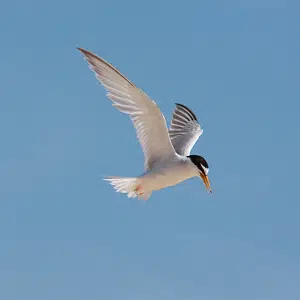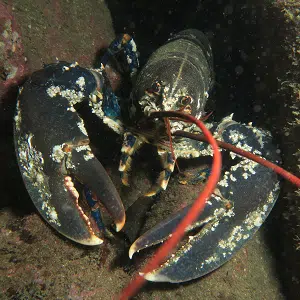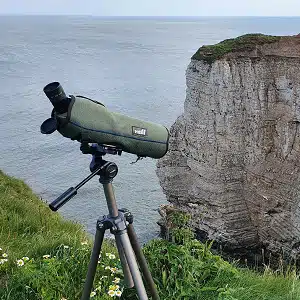Climate change is affecting our marine environment…
Curious to know more? You can find extra information and links below the animation screen.
If you would like to use or show this animations in your own settings, please get in touch [email protected]
What is happening to our marine environment?
Climate change refers to long-term changes in our global weather patterns. These changes can be natural, but we now know that human activities – like burning fossil fuels – are causing our climate to change at a much faster rate than any natural shifts would occur. Burning fossils fuels produces carbon and methane which are then trapped by our atmosphere. This has a blanket-like effect, causing the Earth to warm-up and having a significant impact on all of our natural environments.
The Yorkshire coast is no different. This warming effect is also causing sea surface temperatures to rise, particularly here in the relatively shallow southern North Sea. Many of our marine species thrive in cooler waters that are rich in oxygen and other nutrients, but as the waters warm it is likely that different species more suited to warmer sea temperatures will appear on our coast. Our seabirds and marine mammals may not be able to adapt quickly enough to this changing food web.
More extreme weather patterns are also likely. Over the last few years we’ve already seen significant heat waves and droughts, coupled with long-periods of rainy weather and large storms. Not only can these events damage and destroy sensitive coastal habitats, they also put pressure on our sewage systems. This can lead to flooding and pollution at the coast.
We can all do our bit as individuals to limit the impacts of climate change, but how can we begin to tackle these big, long-term issues? One way forward is to learn as much as we can about Yorkshire’s marine environment now so that we can see how it is changing and put measures in place to help it adapt. We can’t control everything, but we could ensure there is space for habitats to ‘roll back’ as sea levels rise, or we could reduce other human pressures on wildlife – such as disturbance – to give them the best chance at a successful breeding season.
Want to know more?







